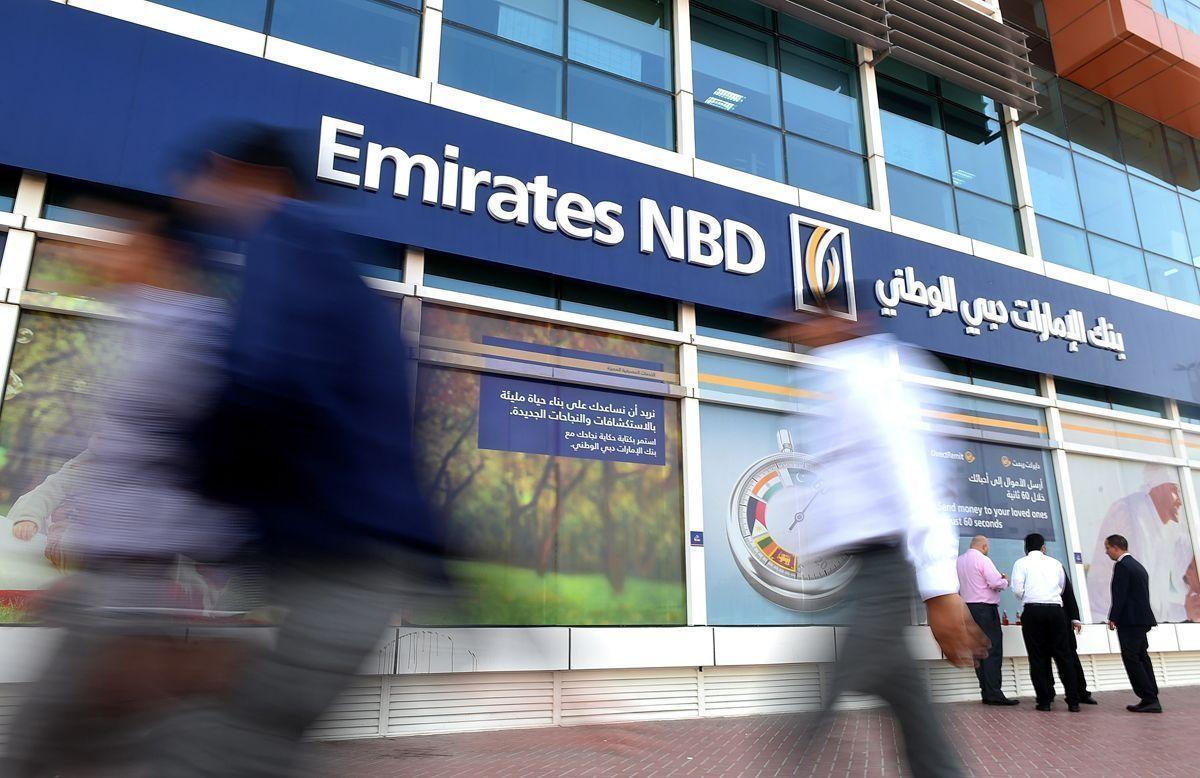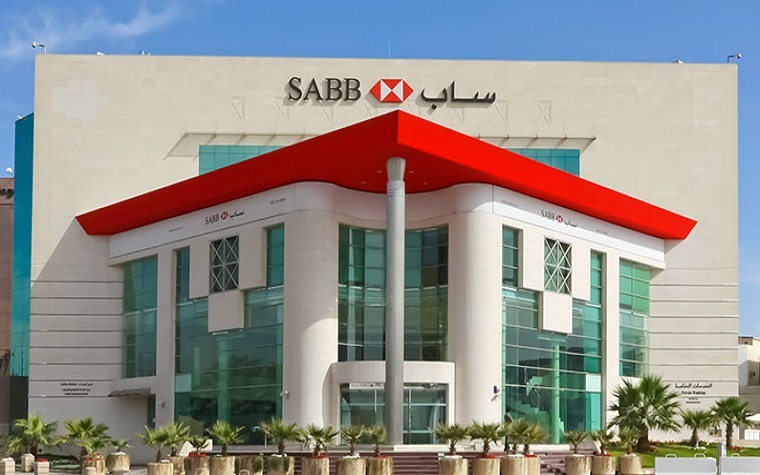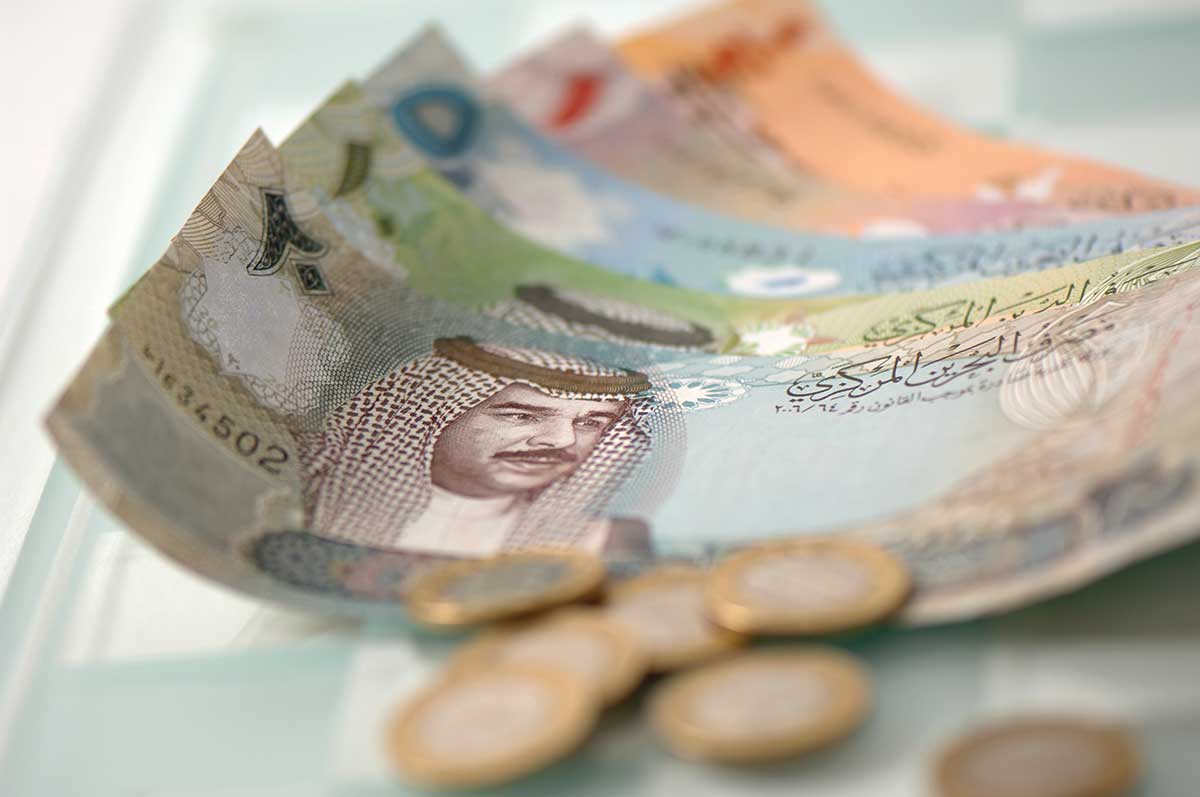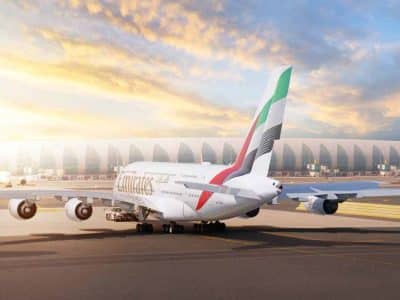By ITP
Five things to know about the GCC banking mergers
Abu Dhabi Commercial Bank’s merger with Union National Bank and Al Hilal Bank has precedents


SABB: Earlier this year, Saudi British Bank and Alawwal Bank joined forces in a $5bn deal that created Saudi Arabia’s third-biggest lender – with combined assets of around $77m. It was the first major deal of the kind in the financial sector in Saudi since Saudi American Bank merged with United Saudi Bank in 1999, forming one of the largest local banks at the time.
NBAD: In April 2017, National Bank of Abu Dhabi (NBAD) integrated First Gulf Bank (FGB) into its operations to create a new entity with close to $200bn in assets – which equates to around 25 percent of the country’s banking sector. The Abu Dhabi government and several state-owned entities own about 37 percent of the merged entity between them.

Emirates Islamic: Dubai Bank and Emirates Islamic Bank, two financial entities owned by Emirates NBD, merged back in 2012 to create one of the region’s largest Islamic bank. Talks had been going on for the previous two years, with Dubai Bank’s liabilities – which stood at AED15.6bn at the beginning of 2010 – a major sticking point. The bank recorded profits of AED485m in H1, 2018.

Ibdar Bank: The Bahraini bank is the result of a three-way merger in December 2013 between Capivest, Elaf Bank and Capital Management House –after more than a year of negotiations. The Bahrain Central bank had been encouraging mergers as the sector was struggling to recover from the lingering effects of the aftermath of the global financial crisis.




